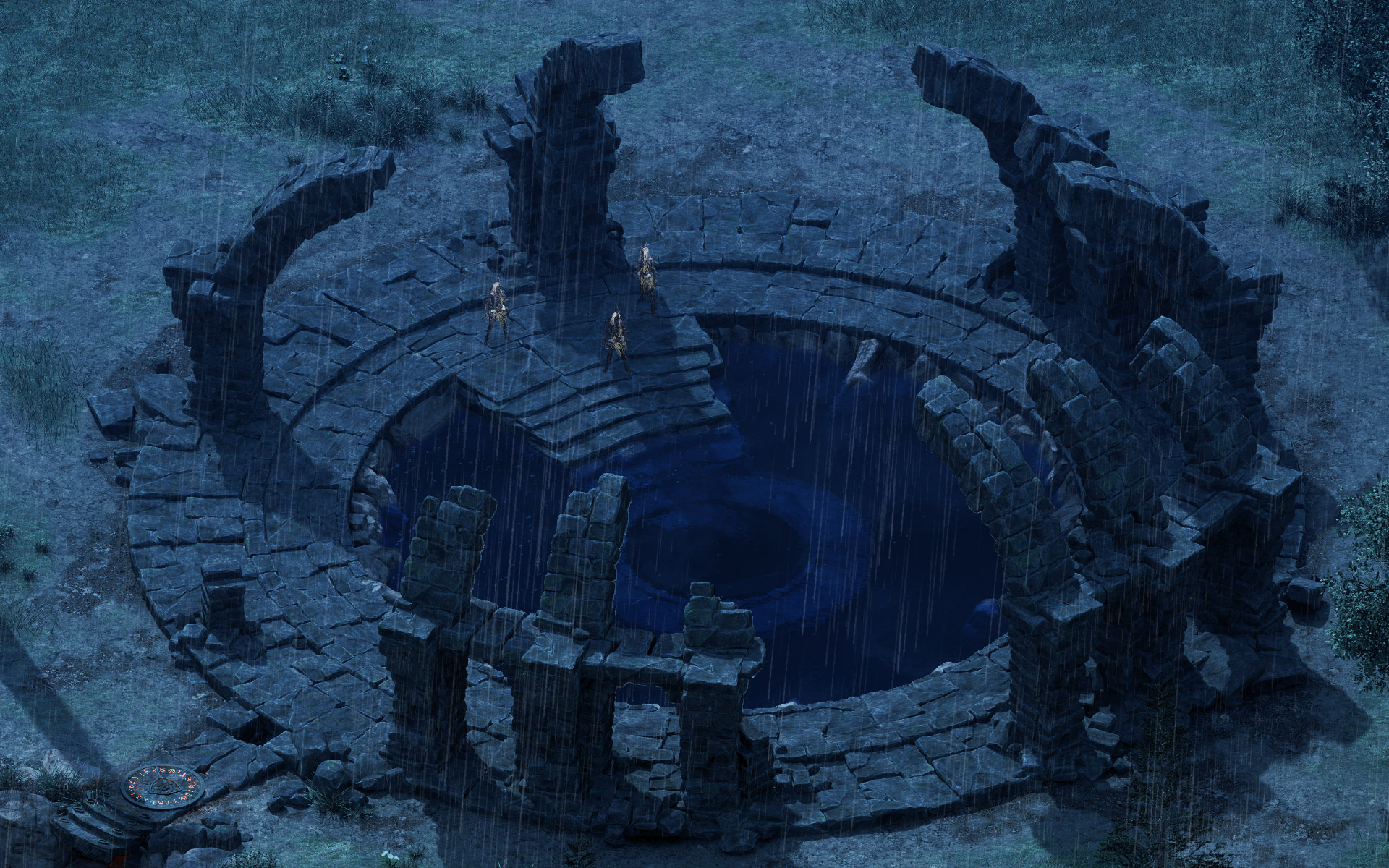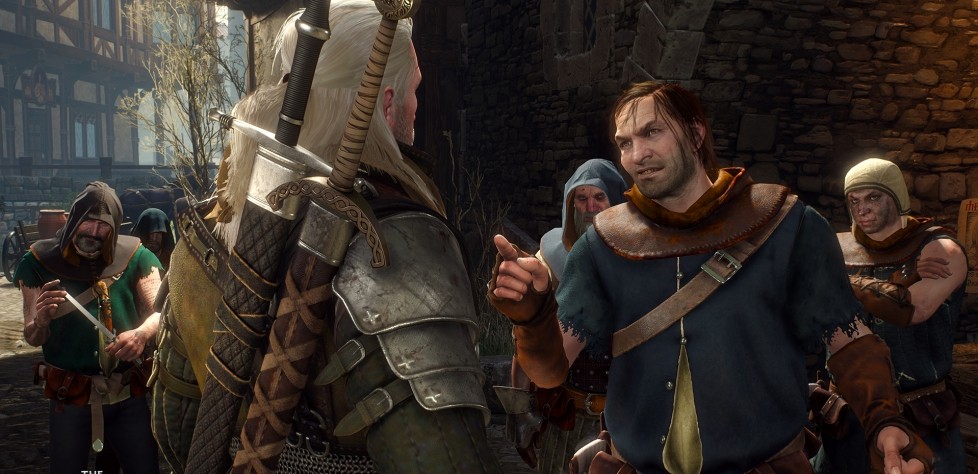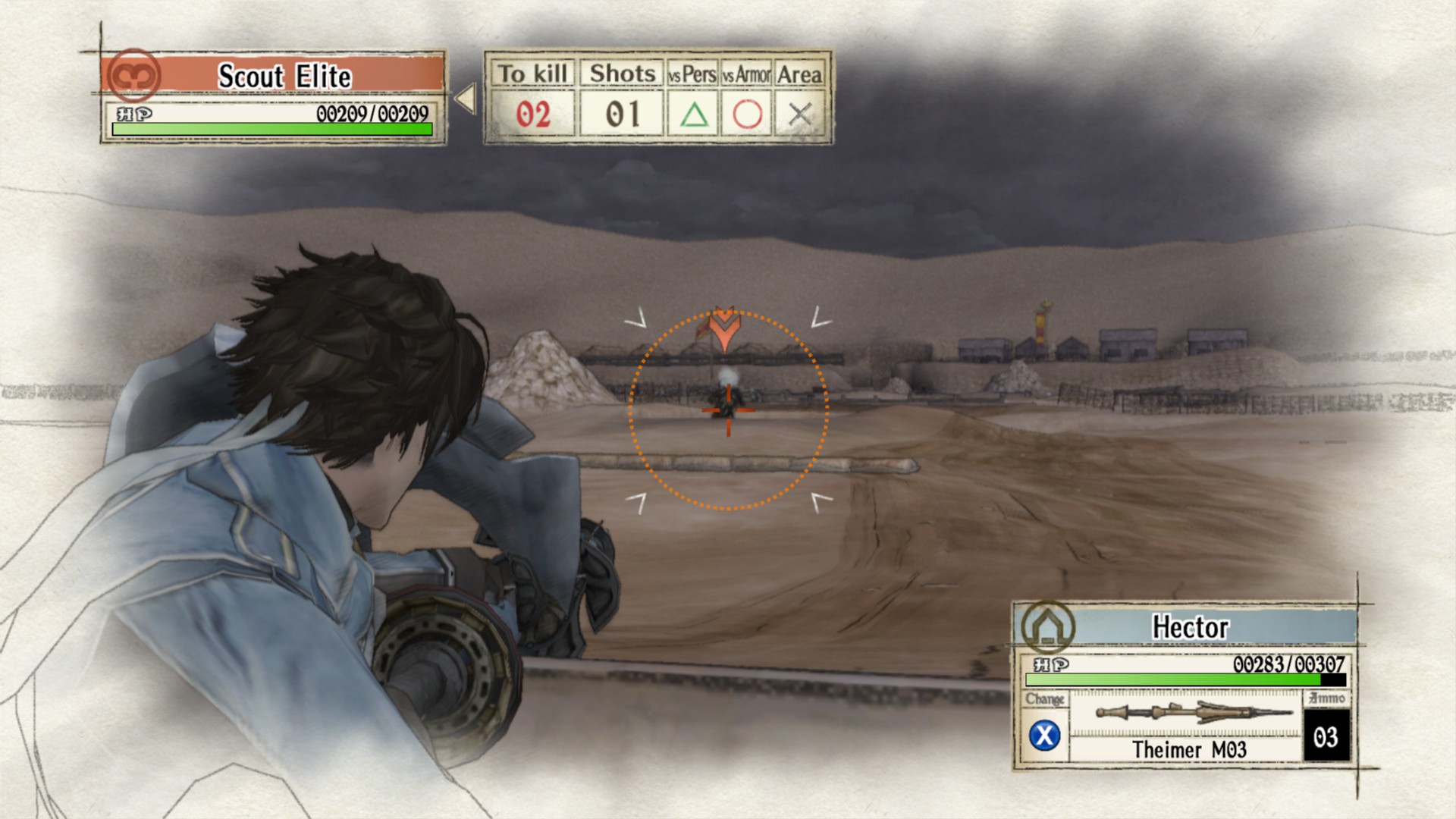
2015: The Year of RPGs
We’re going through old character sheets today with Shadowrun: Hongkong, Pillars of Eternity, The Witcher 3: Wild Hunt, Valkyria Chronicles, and Legend of Heroes: Trails of Cold Steel.
Shadowrun: Hongkong
Prioritizing intimacy in play, Shadowrun: Hong Kong illustrates the precarious perseverance of liminal spaces in its capitalist utopia. In contrast to its predecessors, it explores the milieu of crime: as your player character becomes indebted to a triad-esque gang, strange circumstances involving your foster-father forced you and your step-brother into hiding. In order to withstand the incursions of corporate power, players are asked to cultivate relationships to a complex network of characters.
The Shadowrun canon encompasses a rich history in tabletop roleplaying and novelizations since its inception in 1989. At first glance, the world may appear typical cyberpunk fare: multinational megacorporations have assumed power after a series of cataclysmic events. But as soon as players enter the character creation screen, the game already presents them with the universe’s signature peculiarity: Shadowrun depicts earth after the Awakening, an event that brought not just the return of magic but of various species that begin to co-populate the planet amongst humanity: orcs, trolls, elves, dwarves and even sentient dragons are not an unusual sight in the Shadowrun universe. Player characters may assume any of these new species, which are collectively referred to as metahumanity.
In Shadowrun: Hong Kong, the screen is packed with detailed urban landscapes cast in isometric projection. The camera is scraping glass towers when it is not slicing them in two, devouring roofs and floors, obliterating any sense of privacy in the free-floating darkness of the interior sections. Lush forests of neon signs distract from sparsely lit alleyways and the cluttered Walled City, a notorious slum at the edges of town that much of the narrative focuses on. Peppered in-between is the clarity of a tactical combat layer, which, at times, can be avoided if players successfully navigate the intricate conversation systems filled with alternative problem-solving opportunities. Drenched in Gibson-esque prose, Hong Kong never drowns in its hyper-stylized pulp-fiction because it never distances itself from characters, whose forbidden histories come to light as the game simulates growing familiarity.
Philip Regenherz sincerely apologizes for the egregious theft of your time he perpetrated just moments ago. To claim much deserved vengeance, you may follow the evolving deterioration of his hopes and dreams on Twitter.

Pillars of Eternity
Pillars of Eternity is probably best described as a spiritual sequel to Baldur’s Gate 2, but it borrows a lot from Baldur’s Gate‘s weirder cousin, Planescape: Torment. Much like Planescape, Pillars of Eternity is concerned with questions of identity and moral decision-making, about how a past you don’t remember impacts who you are now.
It feels appropriate that a game funded by Kickstarter and nostalgia would be concerned with past lives and new beginnings. Pillars of Eternity takes place in a fantasy universe where reincarnation is easily provable, and where scientists examine the physics of soul-transfer as easily as they might study astronomical phenomena or geology. You arrive in the Dyrwood to discover that children there are being born without souls, and no one knows why. Some blame those soul-studying scientists, still others blame the gods, and everyone has been affected by the tragedy, from the random townsfolks you meet to the scheming villains to the beautiful, complicated characters you recruit for your journey.
Pillars of Eternity has questions to ask in a way most big RPGs don’t. It’s not just a hack-and-slash dungeon crawl made to sate the nostalgia of Baldur’s Gate fans. It takes that formula and runs with it, and I’m immensely grateful for it. I don’t know if it will ever be treated as an end-in-itself, given that it’s a nostalgic re-imagining of what is now a niche genre, but I do know that it will be a tremendous shame if it continues to be mostly ignored by the games-writing world. Pillars of Eternity is one of the best RPGs ever made, and I want to read what smart people have to say about it.
Bill Coberly is a law student and occasional writer-of-things based in Minneapolis, MN, where he lives with his wife and two small and snuggly terriers, Azathoth and Nyarlathotep. He founded The Ontological Geek, a website dedicated to games-criticism and cultural commentary, and you can follow him on Twitter if you are so inclined.

The Witcher 3: Wild Hunt
Mantled in streaks of charcoal and determined fury, a storm is gathering strength over the horizon, approaching swiftly as I make the White Wolf weave through the undergrowth; beneath emerald crowns and old sentinels, the heart of the forest conceals a circle of abandoned buildings arranged around an old well. I recall what brought us here: a spectre haunts this place. The man from the nearby village pleaded with us to break her curse, and set her free.
The White Wolf places her remains in front of the well and commits them to the flames, a small measure of peace in the face of serious injustice. In this early instance – one of many to come – Wild Hunt adjusts its lens to capture not its vast, sweeping spaces, but the minute details of personal tragedy that bounce in wide echoes across the Northern Realms. It invokes whole histories of blood and strife in landscapes haunted by myriad invisible crimes and curses, and the necro-political maneuvering that might be the greatest of them all.
Even though there is an eventual save-the-world bent to the narrative much, much later on, Wild Hunt never ceases to revel in its grasp on interpersonal relationships that form the flesh and marrow of the experience. Intimately-woven character work allows the White Wolf to become not a creature of legend, but a person with the weight of many shifting alliances, friends and lovers on his shoulders. Systems and decisions are primed to contextualize Geralt of Rivia as someone who has to learn how to let go, or suffer the consequences. In a way, he inhabits a supporting role to a wider cast of characters, and the world at large.
Through the Witcher’s Sense, an alternate vision mode, Wild Hunt approximates investigation as it highlights objects and paths in the environment that form intricate trails of clues; it calibrates how we look at the gameworld in a way that is supposed to simulate the witchers’ mutagenic, supernatural perception. It casts us as digital archaeologists, detectives, and hunters, as we unravel the past in an effort to chase the present. A button press re-surfaces the imprints of history on the level geometry: they flare in unequivocal, bright scarlet as history is violently reasserting itself.
Philip Regenherz sincerely apologizes for the egregious theft of your time he perpetrated just moments ago. To claim much deserved vengeance, you may follow the evolving deterioration of his hopes and dreams on Twitter.

Valkyria Chronicles
In Valkyria Chronicles, we take the role of a small milita squad defending its homeland in a most peculiar way: by shooting politely waiting intruders in a turn-based battle system that has little regard for turn order. So while you only move your units on your own turn, they turn, take cover, and shoot even when the enemy moves. This crossfire makes moving from cover to cover essential and let’s you make the most of the different classes the game provides.
The anime-style story of Valkyria Chronicles gels well with the exaggerated characters in your desperate little squad. Every soldier has their unique quirks and charms that make their performance in the field better or worse depending on the environment. A sniper with dust allergy? Better not deploy the poor girl on a desert mission, then. Those unique traits and personalities come together to form an incredibly cheesy but still charming story of a small country in a struggle against all odds.
As if the presentation and tactical planning weren’t fun enough, the underlying RPG systems are really good. Whenever I level up a complete division of scouts and the drill instructors shouts at me, I can’t help but feel successful. I just made a competent squad out of a bunch of farmers, hair dressers, and clerks.
Pascal is recommending games on Buy Some Indie Games when he’s not blogging about them in German on Polyneux and his own blog. If you want to follow him on Twitter, be prepared for a lot of Metal Gear Solid and PlayStation Vita love.

Legend of Heroes: Trails of Cold Steel
The difference between good and great is often one of finesse. The ability to make small maneuvers have big effects is the mark of a very refined skill. As cadets at Thor’s Military Academy, Trails of Cold Steel’s Class VII are on a journey to improve themselves as soldiers and tacticians. Coming from a wide range of social classes, the characters’ abilities are constantly being sharpened, to coax more capability and practice out of every assignment. At its very core, the story of Trails of Cold Steel is one of aspiring to finesse.
Much like the narrative, the game it’s built around is very well honed. While not as beautiful as some of its contemporaries, feels very natural in its skin. There’s a sense of world anywhere one can think to look, populated both visually and socially, which gives the whole world a sense of belonging. Students trudge hither and yon, their dialog changes with the passage of time, grows with the characters, and the entire campus seems to move along with the change of the seasons. Life feels very natural in the Erebonian empire.
Combat is much the same way. There are better takes on the classic RPG formula, but the system is still profoundly polished, making the battles feel meaningful despite whatever sense of grind may come from long play. Outside of combat, the character interactions build a solid social system, which isn’t quite as robust as its nearest neighbors, but still present and polished enough to be meaningful.
Trails of Cold Steel won’t be the sort of game that redefines the genre, but it’s a game that has mastered finesse. No other game has the same variety of systems, nor does any other game keep so many balls in the air so expertly. It’s not just a good game, it’s a great one. Few games can claim as much, and fewer still feel even half as natural.
Taylor Hidalgo is a writer, editor, and Features Editor for Haywire. He’s a fan of the sound of language, the sounds of games, and the sound of deadlines looming nearby. He sometimes says things on Twitter and his website, and has a Patreon if that’s your thing.